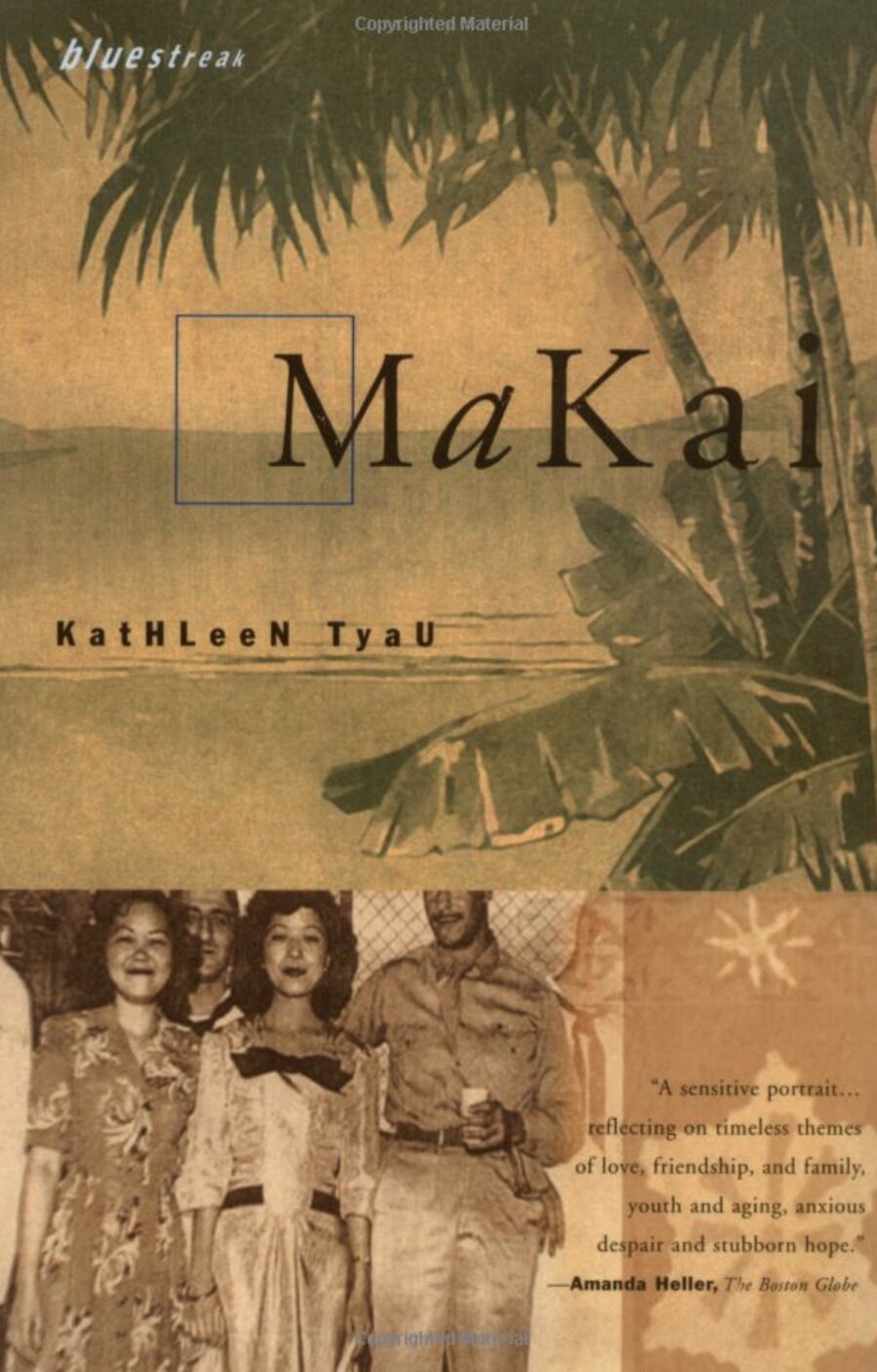Chopstick Cinema : Exploring Asian Food and Film by Celeste Heiter (ThingsAsian Press)
There are three things that writer Celeste Heiter enjoys most in life - “Asian culture, gourmet cooking, and international films”. Heiter has combined her passions and created a weblog titled Chopstick Cinema in 2004 where she shares with readers “the process of choosing an Asian film, selecting recipes from where the country in which the film takes place, designing a menu, shopping for ingredients, setting the table, preparing the meal, enjoying the food while watching the film, and finally, writing a film review”.
Chopstick Cinema : Exploring Asian Food and Film was compiled from her blog and is divided into ten chapters focusing on one Asian country and features ten recipes from that country. The recipes are for "nibbles, cold and hot appetizers, soup, salad, noodles, main course, two side dishes and dessert". Following the recipe, Heiter provides a review of a movie from that particular country. The cuisine and films Heiter focuses on are from China, Mongolia, Korea, Vietnam, Thailand, the Philippines, Japan, Cambodia, India, and combined countries of Singapore, Malaysia, and Indonesia. Heiter also lists alternate movie titles to choose from.
The recipes provide a list of ingredients with measurements given in a combination of the Avoirdupois system (using pounds and ounces) and the U.S. customary units for volume (using teaspoons and tablespoons) with easy to follow directions. About the dishes, Heiter informs the reader that “some are classics prepared according to tradition; others are my own creations, based upon indigenous flavors and ingredients”. She also says you do not have to follow the recipes to the letter and provides suggestions for alternate ingredients.
The movies Heiter reviews in her book include “Raise the Red Lantern” from China, “The Cave of the Yellow Dog” from Mongolia, “Spring, Summer, Autumn, Winter...and Spring” from South Korea, “The Scent of Green Papaya” from Vietnam, “Rice Rhapsody” from Singapore, “Magnifico” from the Philippines, “Firefly Dreams” from Japan, “The Rice People” from Cambodia, and “Lagaan : Once Upon a Time in India” from India.
I enjoy Asian cinema as much as I like watching Hollywood blockbusters and low budget B-films and I also love to eat Asian cuisine be it Japanese, Korean, or Southeast Asian. However, as I am not a good cook in the kitchen, I must admit I only browsed through the recipes. Chopstick Cinema will give you ideas of what to order when you go out to a restaurant featuring that country’s cuisine.
And for those people who want to challenge themselves to make these dishes, Heiter suggests choosing three to five dishes for a party of four to six and to enjoy the meal while watching one of the films. If the amateur or professional cooks are afraid of not finding the ingredients necessary, Heiter lists a number of sites on the Internet where you can order them..
On a sad note, Heiter passed away in 2016 but you can still find more of her recipes and read more of her film reviews on her Chopstick Cinema weblog. A great collection for the gourmand and Asian film connoisseur. and although I may not try my hand at cooking, I will continue to browse her blog and read her reviews and check out what other culinary delights and movies I’ve been missing out on. ~Ernie Hoyt
Available from ThingsAsianBooks






